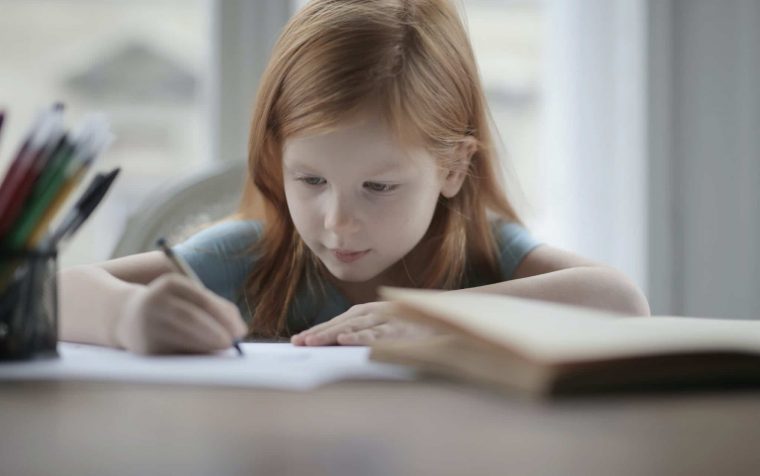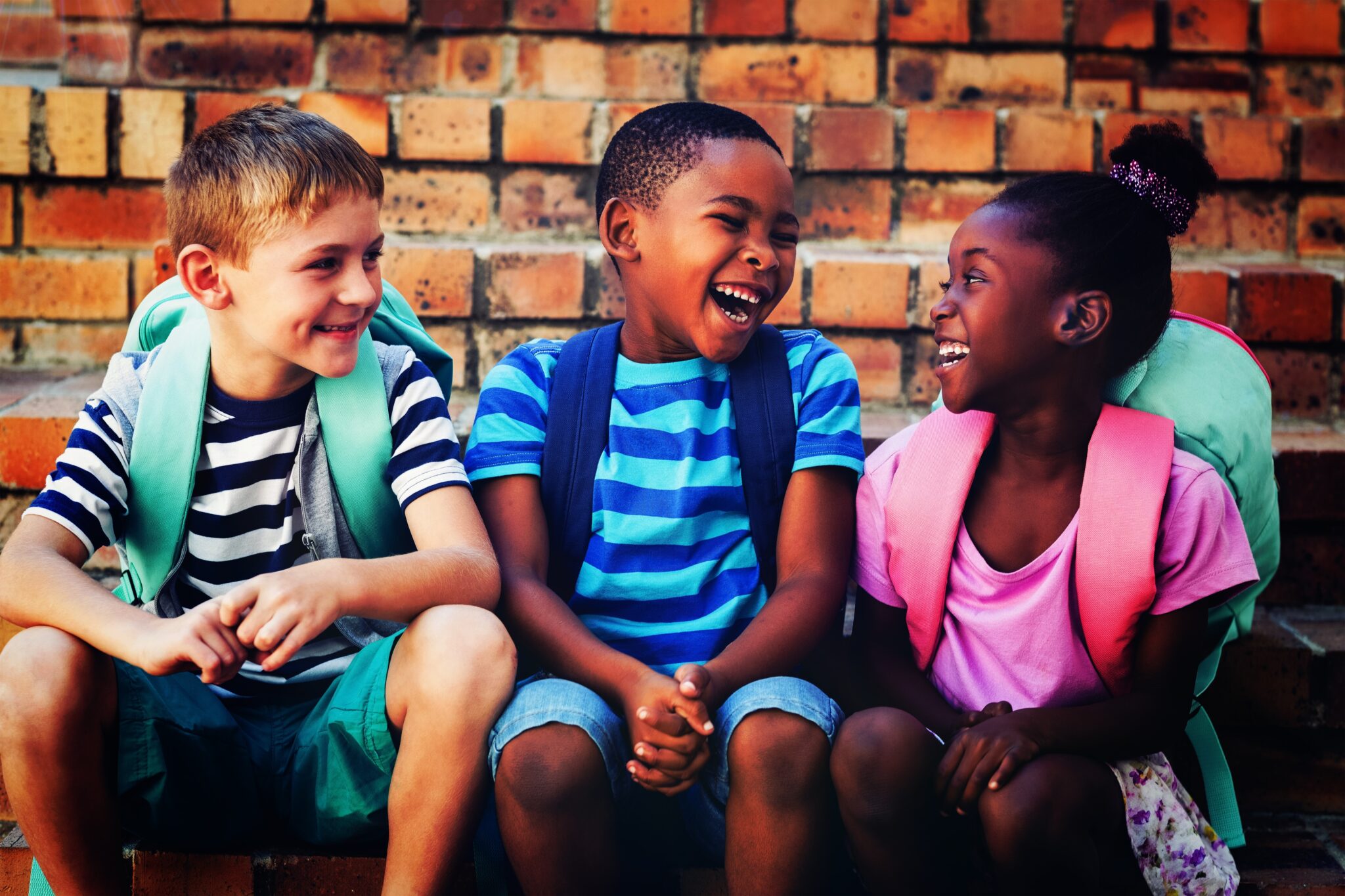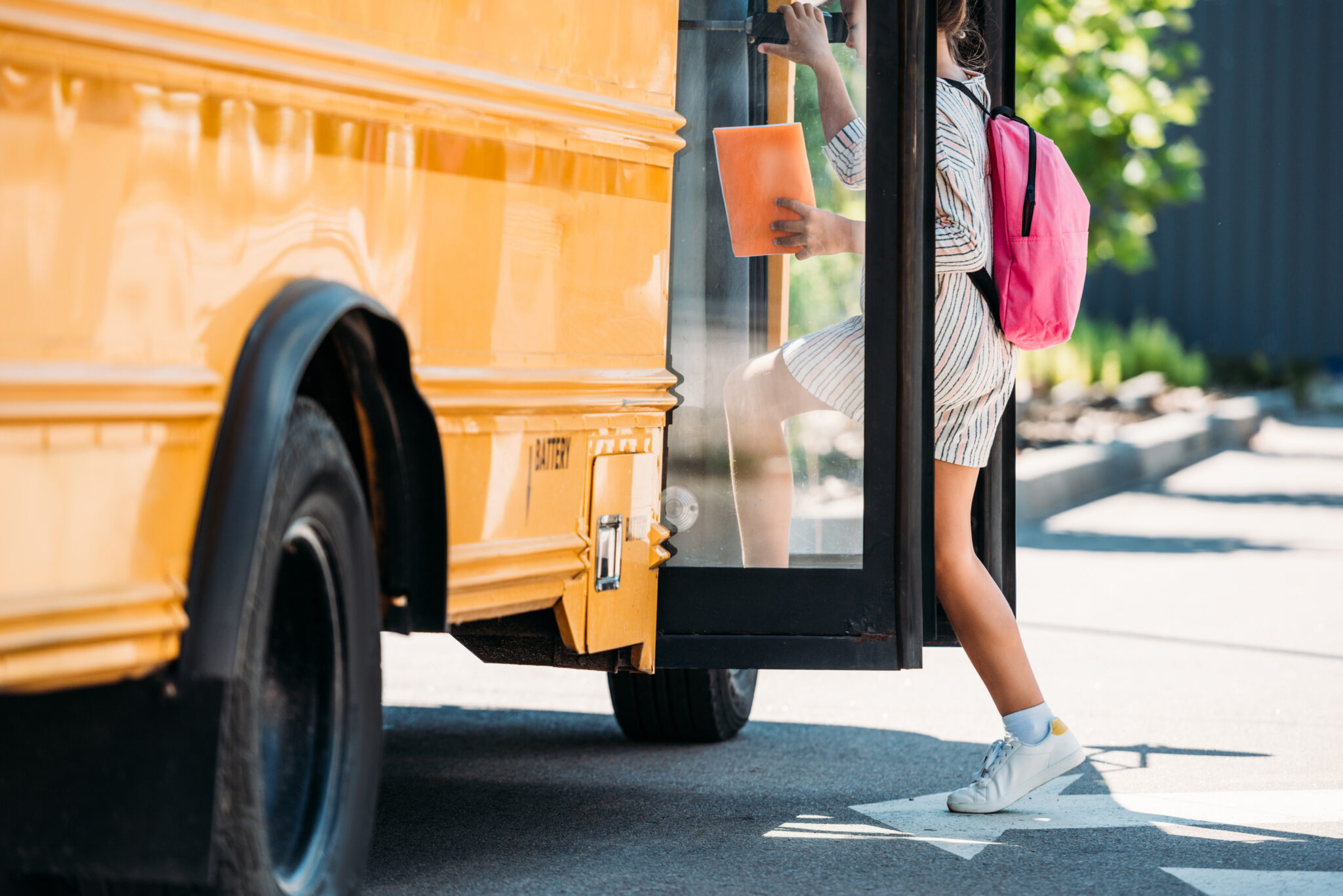When students of seemingly exceptionally high ability perform at levels that are well below their potential, their teachers and parents are faced with bewildering and frustrating challenges. Why do so many academically able and talented students fail to realize their potential? For years, the underachievement of gifted and talented students has troubled educators as too many students with great academic potential fail to perform at a level that is commensurate with their abilities. Some underachieving students lack self-regulation skills; others may suffer from either obvious or hidden disabilities. Still others may underachieve in response to inappropriate educational environments that reflect little challenge or stimulation. I have studied and conducted research on this topic for almost three decades and am still amazed at the complexities of the syndrome and the wasted talent that ensues when it is not reversed in children and adults.
The literature describing the problem of academic underachievement among high-ability students dates back decades. As early as 1955, John Gowan described the gifted underachiever as one of the greatest social wastes of our culture (p. 247). After more than five subsequent decades, underachievement among high-ability students is still considered a major problem. Academically talented and smart students underachieve in school for diverse reasons: boredom with too easy work, excessive absences from school, poor performance, disruptive behavior, low self-esteem, family problems, and low self-regulation. In addition to the risk factors that predict the reasons why most students fail, a long-standing problem that causes underachievement in gifted or high potential students is the “too easy” curriculum and content they encounter on a daily basis. The hundreds of hours students spend in classrooms in which they rarely encounter new or challenging curriculum, the boredom of being assigned routine tasks mastered long ago, the low levels of discussion, and the mismatch of content to students’ ability lead to frustration on the parts of many of our brightest students. And, of course, some culturally diverse students underachieve because they fail to be identified as gifted due to unfair, outdated, or rigid identification regulations and systems.
Background and Definitions of Underachievement
The problem of academic underachievement among gifted and high-ability youth is widespread. More than three decades ago, the American National Commission on Excellence in Education reported in A Nation at Risk: The Imperative for Educational Reform (O’Connell-Ross, 1983), that “over half the population of gifted students do not match their tested ability with comparable achievement in school” (p. 8).
Many conceptual and operational definitions of underachievement have been offered in the professional literature. The most general definition of school underachievement is that it occurs when a young person performs more poorly in school than one would expect on the basis of his or her potential. Even more difficult than assessing a learner’s potential is the task of evaluating the level of academic performance at which we should identify a student as underachieving. Generally, simply performing below average for one’s current grade level is the most commonly applied standard to label a smart student as underachieving, but there is a difference between episodic and chronic patterns of academic underachievement.
Most researchers define high-ability underachievers as learners who display a discrepancy between potential and actual classroom performance. Their research usually involves learners whose scores are high on some standard measure of ability, but whose academic performance is not correspondingly high. Defining gifted underachievement should be a fairly straightforward task. Unfortunately, just as there is no universally agreed upon definition of gifted and talented learners, no universal definition of gifted underachievement currently exists, but a thorough review of issues surrounding the definition and identification of underachievement in gifted students is provided in Reis and McCoach (2000).
A temporary or situational underachiever is one whose academic performance temporarily declines below what is expected, often in response to personal or situational stress, such as a divorce, a particular teacher, or a family move. In contrast, a chronic underachiever displays the underachievement pattern consistently over a long period of time. In more recent years, personal issues have also been identified as contributing to underachievement. Personal characteristics, personal problems, or personal issues relating to school performance can contribute to underachievement (Reis & McCoach, 2000).
When and Why Does Underachievement Begin?
Summaries of research that I have reviewed over the decades generally suggest that underachievement for many talented students begins during the late elementary grades—certainly by junior high school—and that it usually begins earlier for males than for females. Underachievement may actually begin even earlier, but the problem becomes more noticeable as students advance in grade level. For example, the amount of assigned homework usually increases in upper elementary and junior high school, and students who refuse to complete homework or do it with little care or effort are easily identified. Some gifted students may achieve easily and without effort through the early years in school, but falter when they meet the challenge of strenuous effort or increased homework, and are then labeled underachievers. The identification of smart students who underachieve raises an important question regarding the stability of underachievement and the resulting problem in defining underachievement.
Determining why some high-ability students demonstrate low levels of achievement is difficult because underachievement occurs for many different reasons. However, practitioners must explore the causes of students’ underachievement if they plan to help these children. Our reviews of research indicate that, in the vast majority of cases, underachievement of academically talented students occurs for one of a few basic reasons: serious physical, cognitive, or emotional issues; a mismatch between the student and his or her school environment; lack of academic support or encouragement from the family; or, the absence of some personal characteristic such as low self-motivation, low self-regulation, or low self-efficacy (Reis & McCoach, 2000).
Too many capable learners engage in behaviors that mask their abilities, but the reasons are varied. Research concerning underachievement among gifted students has examined many possible causes including the following: school and home environment, pressure to excel, boredom with school, and inappropriate teaching methods.
Many researchers point to the school environment as the place where bright students lose their interest and drive. Some teachers may be too easily satisfied with minimal work and give high grades for minimal effort wok. Other teachers may feel threatened by high-ability students and may not know how to provide them with creative and engaging activities. Too few schools actively encourage creative productivity (Renzulli & Reis, 2014), and may actually discourage imagination or creativity. In an educational setting where conformity is valued, didactic learning is the norm and critical thinking and problem solving are not the focus, leaving smart students without challenge.
An inappropriate curriculum was found to contribute to underachievement in the high-ability high school students in our long-term study conducted at the National Research Center on the Gifted and Talented (Reis, Hébert, Diaz, Ratley, & Maxfield, 1995). In this study, high-ability students who were identified as high achievers were compared with students of similar ability who underachieved in school. Thirty-five students participated in this 3-year study in a large urban high school, and findings demonstrated that talented high school students who underachieved in school believed that their problems began because of particularly easy elementary school experiences. These students never learned to work, primarily because their elementary and middle school experiences were too easy for them, negatively affecting their high school experiences. Their daily elementary curricular experiences were inappropriate for them, as their classes and academic tasks were “too easy.” Participants in our study recalled “breezing” through elementary school, and indicated that schoolwork required no major effort. Schoolwork was so simple that students did not acquire appropriate opportunities to develop important academic skills, sophisticated study skills, or effort. In other words, the young people in this study simply never learned how to work hard at learning, or became so accustomed to learning without effort because the work was so easy that when they had to exert effort, they thought they were no longer smart.
Reversing Underachievement: Interventions
Research on effective intervention models for this population remains scarce. Although case studies of underachieving gifted students are popular, very few researchers have attempted to utilize quasi-experimental designs to study the efficacy of various interventions. Most of the interventions reported in the literature were designed to implement immediate results with a group of acutely underachieving gifted students. Ethically, it is difficult to have a comparison group in such studies because the researcher must withhold treatment that could be valuable for underachieving gifted students.
Counseling interventions concentrate on changing the personal and/or family dynamics that contribute to a student’s underachievement. These interventions may include individual, group, and/or family counseling. In most counseling situations, the goal is not to force the underachiever to become a more successful student, but rather to help the student decide whether success is a desirable goal, and if so, to help reverse counterproductive habits and cognitions.
The most well-known educational interventions for gifted students are either part-time or full-time special classrooms for gifted underachievers. In these classrooms, educators strive to create a favorable environment for student achievement by altering the traditional classroom organization, but few students have been offered such an environment and have been studied, so we have no idea if these special classrooms work to alleviate underachievement over time.
One of the most effective interventions to reverse underachievement is to use students’ strengths and interests, such as in our own work on the Schoolwide Enrichment Model (SEM). For example, self-selected Renzulli Type III independent projects have been used as a systematic intervention for underachieving gifted students. This approach (Renzulli, 1977) specifically targets student strengths and interests in order to help reverse academic underachievement (Baum, Renzulli, & Hébert, 1995). The use of the Type III enrichment process highlighted the students’ relationship with a teacher, the use of self-regulation strategies, the opportunity to investigate topics related to their underachievement, the opportunity to work on an area of interest in a preferred learning style, and the time to interact with an appropriate peer group. Almost all of the students who completed Type III investigations showed some positive gains in either behavior or achievement during the course of the school year. This research suggests that flexible student-centered enrichment approaches may help reverse underachievement in gifted students.
Areas for Future Research
Researchers do not know how many talented students underachieve, but we know that this issue is foremost in the minds of teachers. Future research must attempt to unravel the complex causes of academic underachievement and provide interventions that help reverse underachievement behavior. Several lines of research have been inadequately explored. Future research needs to move beyond correlational studies of common characteristics of underachieving students and begin to explore linkages and flow of causality among different characteristics and student achievement.
Finally, researchers and practitioners must translate knowledge and insights about causes and correlates of underachievement into models and strategies that educators can use to develop more effective prevention and intervention programs. For example, if unchallenging scholastic environments produce underachieving gifted students, then providing intellectual challenge and stimulation at all grade levels should decrease underachievement. Do teachers who differentiate instruction for high-ability students have fewer incidences of underachievement? Does providing part- or full-time gifted programming reduce the occurrence of academic underachievement among the gifted? Is providing intellectual challenge especially critical during a particular age range? Bright, underachieving students do benefit from curriculum differentiation techniques, such as curriculum compacting and replacement Type III enrichment opportunities. These classroom strategies can provide attractive and interesting curricular replacement options and enrichment to advanced students. However, because causes and correlates of underachievement differ, no one intervention will reverse underachievement patterns in the full spectrum of gifted underachievers.
Summary
In summary, more thought and action is needed in defining and identifying gifted or high-ability students who experience underachievement. The earlier underachievers are identified, the better opportunities will be that concerned adults can help to try to reverse the patterns of underachievement. Betsy McCoach and I identified various combinations of factors that contribute to underachievement (Reis & McCoach, 2000). In our research (Reis, Hébert, et al., 1995), many similarities were found between high-ability students who achieved as compared with students of similar ability who underachieved in school. In this study, achievement and underachievement were not disparate concepts. In many cases, students who underachieved were high achieving in the previous year or semester in school. Some high-achieving students experienced periods of underachievement in school and were supported in their achievement by a network of high-achieving peers who refused to let their friends falter in school.
What, then, emerges as findings in this brief summary on underachievement? First, it appears that the beginnings of underachievement in many young people occur in elementary school, often due to a nonchallenging curriculum, and that is something that educators can fix. We do know that a relationship exists between inappropriate or too easy content in elementary school and underachievement in middle or high school. Second, some underachievement is periodic and episodic, occurring in some years and not others and in some classes, but not others. However, eventually increasing episodes of underachievement can and does result in a more chronic pattern for many students.
Third, enriching opportunities, such as Type III enrichment based on interests leading to relationships with teachers, make a difference in reversing underachievement in most students. Fourth, peers can play a major role in keeping underachievement from occurring in their closest friends, making peer groups an important part of preventing and reversing underachievement. Last, too few interventions have been tried to reverse underachievement, and some of these interventions are provided without an attempt to match the intervention with reasons that gifted students underachieve. All educators should consider implementing interventions for high-potential and talented students who are underachieving, as they are too precious a resource to waste in a world that needs their talents.
References
Baum, S. M., Renzulli, J. S., & Hébert, T. P. (1995). Reversing underachievement: Creative productivity as a systematic intervention. Gifted Child Quarterly, 39, 224–235.
Gowan, J. C. (1955). The underachieving gifted child: A problem for everyone. Exceptional Children, 22, 247–249, 270–271.
O’Connell-Ross, P. (1983). National Excellence: A Case for Developing America’s Talent. Washington, DC: U.S. Department of Education, Government Printing Office.
Reis, S. M., Hébert, T. P., Diaz, E. I., Maxfield, L. R., & Ratley, M. E. (1995). Case studies of talented students who achieve and underachieve in an urban high school (Research Monograph 95114). Storrs: University of Connecticut, The National Research Center for the Gifted and Talented.
Reis, S. M., & McCoach, D. B. (2000). The underachievement of gifted students: What do we know and where do we go? Gifted Child Quarterly, 44, 152–170.
Renzulli, J. S. (1977). The Enrichment Triad Model. Mansfield Center, CT: Creative Learning Press.
Renzulli, J. S., & Reis, S. M. (2014). The Schoolwide Enrichment Model: A how-to guide for educational excellence (3rd ed.) Waco, TX: Prufrock Press.
Sally Reis, Ph.D., is a Board of Trustees Distinguished Professor and a Teaching Fellow in Educational Psychology at the University of Connecticut. She currently holds the Letitia Neag Chair in Educational Psychology. She has authored more than 250 articles, books, book chapters, monographs, and technical reports. Sally is a past-president of the National Association for Gifted Children, a fellow of the American Psychological Association, and a Distinguished Scholar of the National Association for Gifted Children.






